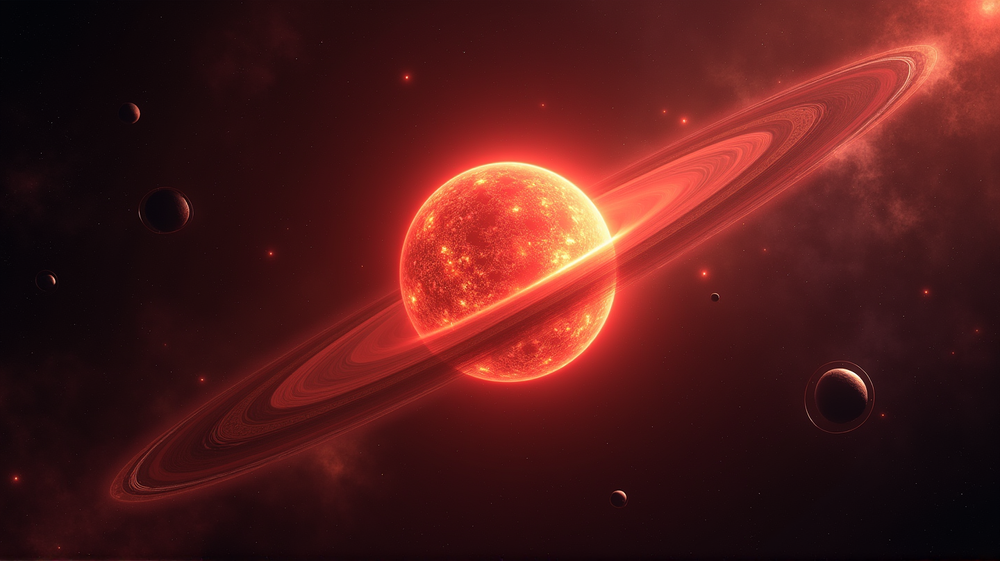In what could be a pivotal moment in our understanding of the cosmos, astronomers have identified a potentially habitable exoplanet, L 98-59 f, located a mere 35 light-years from Earth. This exciting discovery may hold the key to finding conditions suitable for life beyond our planet.
A Breakthrough Discovery
The Université de Montréal team, led by researcher Charles Cadieux from the Trottier Institute for Research on Exoplanets (IREx), confirmed the existence of this mysterious fifth planet in the L 98-59 system. Situated around a small red dwarf star, this exoplanet occupies the habitable zone, an area where liquid water might exist, hence increasing its chances of supporting life.
Unveiling L 98-59 f
The exoplanet was detected using a combination of radial velocity measurements from the HARPS (High Accuracy Radial Velocity Planet Searcher) and ESPRESSO spectrographs. Unlike its counterparts, L 98-59 f does not transit its star, making its detection through subtle star motion variations an impressive feat.
L 98-59 f receives an amount of stellar energy similar to Earth, a placement perfect for potential habitability. According to Republic World, the planet’s resemblance to our own planet makes it a perfect candidate for future exploration.
The Significance of a Unique System
The L 98-59 system is a fascinating cluster of celestial bodies offering invaluable insights into the formation of exoplanets. René Doyon, co-author of the study, emphasized the richness of the system, which includes super-Earths and sub-Neptunes. This diversity offers a unique opportunity to address pressing questions about planetary formation around low-mass stars.
A New Era for Cosmic Exploration
The findings have deepened the astronomical community’s interest in the L 98-59 system’s potential to sustain life. Such discoveries enhance the scope of future atmospheric studies with instruments like the James Webb Space Telescope (JWST).
As we look to the stars for answers, the discovery of L 98-59 f exemplifies the wonders of combining data from both space and Earth-based telescopes. It serves as a testament to human curiosity and the endless quest for understanding our place in the universe.












